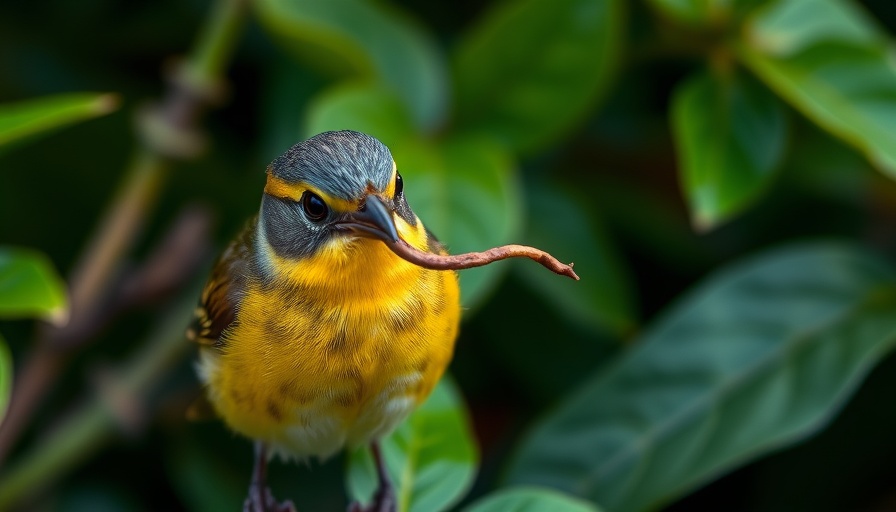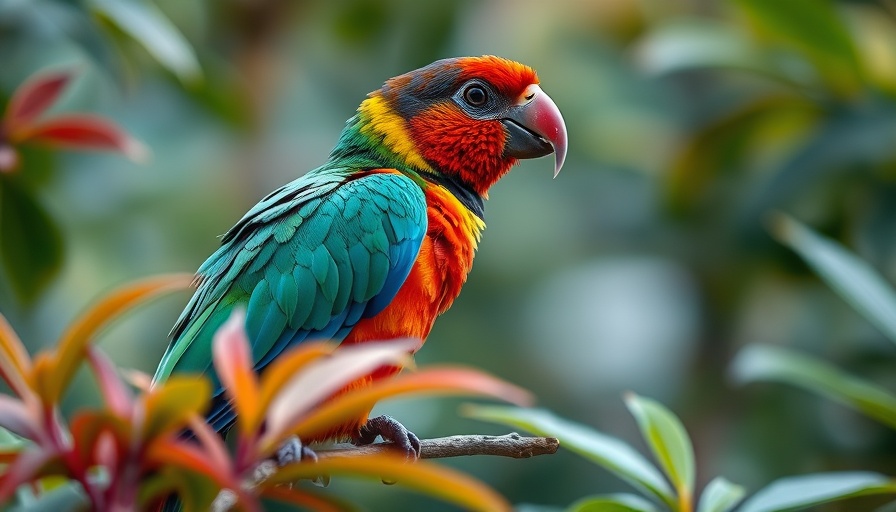
Why Insects Matter: The Invisible Backbone of Our Ecosystem
Insects often go unnoticed, their small size and often unappealing nature causing us to overlook their vital role in our ecosystem. From pollination to serving as a food source for birds, insects are indispensable to the health of our environment. Recent studies indicate that insect populations have experienced a staggering decline of nearly 50% over the past five decades. This alarming trend threatens to upset the delicate balance of nature, which may have far-reaching consequences not just for the insects themselves, but for the entirety of the food web.
The Ripple Effect: How Insects Support Bird Life
Take, for example, the Nashville Warbler, which relies on insects to feed its young. These tiny birds and many others, including thrushes and chickadees, depend predominantly on caterpillars as a primary food source during breeding season. The intertwined fates of insects and birds highlight the urgent need for awareness and conservation efforts aimed at sustaining insect populations.
Simple Actions: How You Can Help Restore the Balance
One effective way to support insect populations is by planting native plants that provide essential food and shelter. For instance, the buttonbush is known to support up to 18 different species of caterpillars, while also offering nectar and seeds that nourish birds. By incorporating native flora into our gardens and landscapes, we can create a thriving habitat for these beneficial insects and, in turn, support our avian friends.
Join the Movement: Foster Ecological Awareness in Your Community
It's crucial to foster a sense of ecological responsibility in our communities. Hosting workshops, engaging in local conservation efforts, and simply spreading the word about the significance of insects can help rekindle interest in our ecosystem's smallest yet most essential members. When we recognize the value of insects, we take a major step toward preserving our natural world.
Insects sustain our ecosystems, and they need our help. By promoting awareness and engaging in supportive actions, we can work together to protect these essential creatures for future generations.
 Add Row
Add Row  Add
Add 




Write A Comment